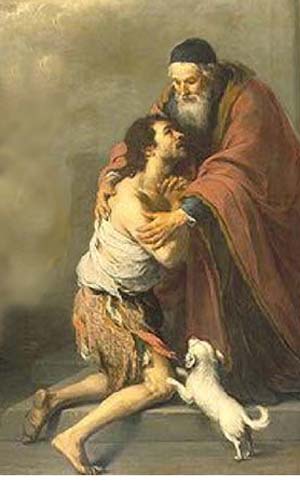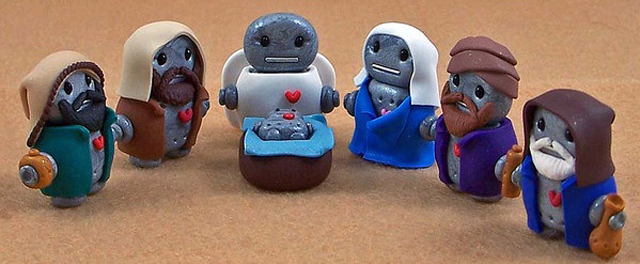The Prodigal Father
 Today’s object is the story itself.
Today’s object is the story itself.
The Story of the Prodigal Son is one of the best known of Christ’s parables.
The adults in your congregation are likely to have heard the story hundreds of times. Today, we can think about the story anew by turning the tale inside out.
This is a true story. A church leader traveling to the growing church in East Africa brought this story home.
While, the organized church in the United States is suffering deep and ongoing losses, the church in Africa is growing by leaps and bounds. It is now commonplace for American Church leaders to travel to Tanzania, Ethiopia, Kenya and other East African countries to meet with leaders of the growing church and to experience some of their success.
How is this happening? they ask with some measure of envy.
One African bishop responded, “Let me tell you the Story of the Prodigal Father.”
Huh?
He explained,
“The American and European church came to Africa many years ago with the message of God’s love. You asked us to believe and we did. You were our spiritual fathers. We were your sons and daughters. We believed.
You went home. We kept on believing the message you brought to us. We shared what you taught us. We grew.
Now your churches are troubled. They have stopped believing. Now you come back to us — your children in faith. You tell us your troubles. We welcome you back. We celebrate your visits. And that’s why we call our story The Story of the Prodigal Father.”
The adults in your congregation who have heard the Story of the Prodigal Son will appreciate this twist in an old biblical story. It will give them something new to think about after hearing the old, old story—one more time.








